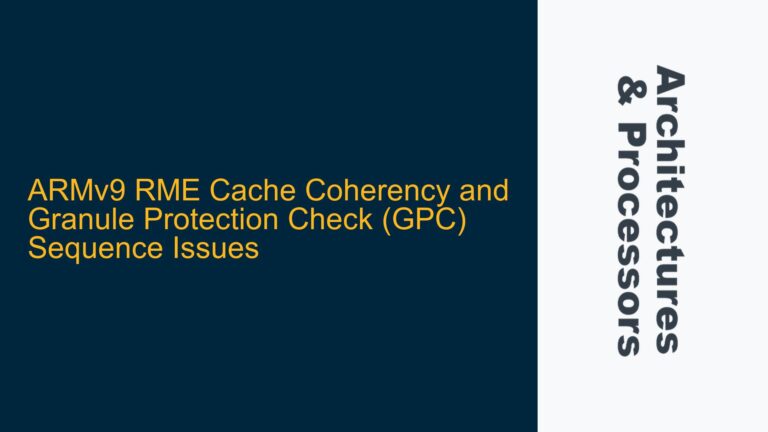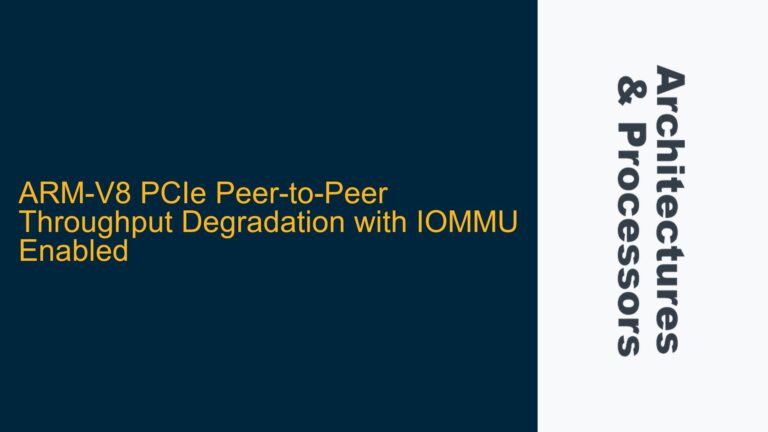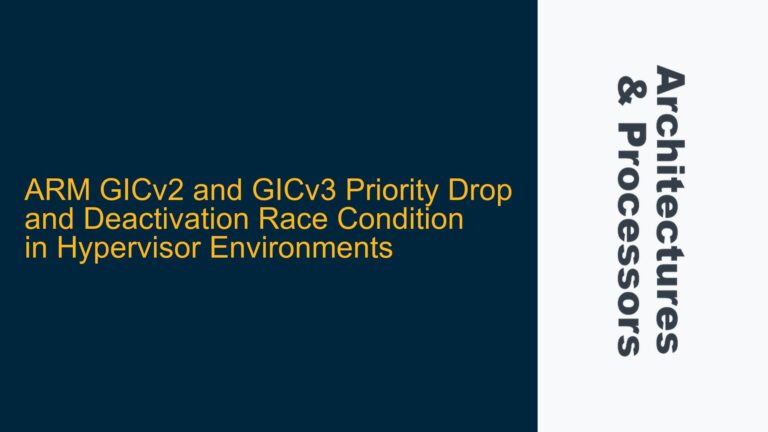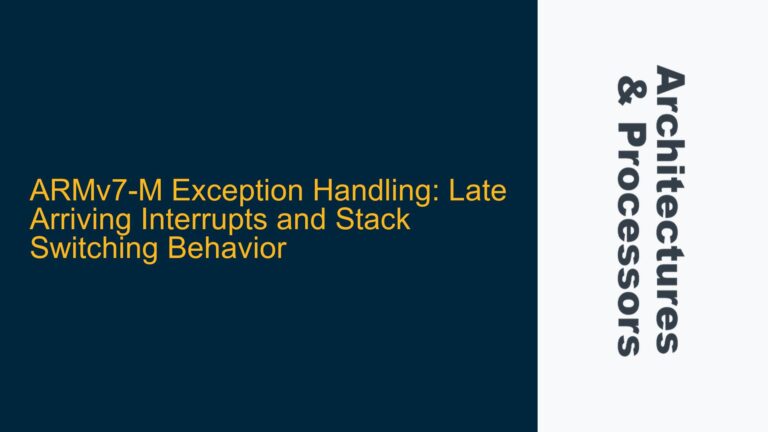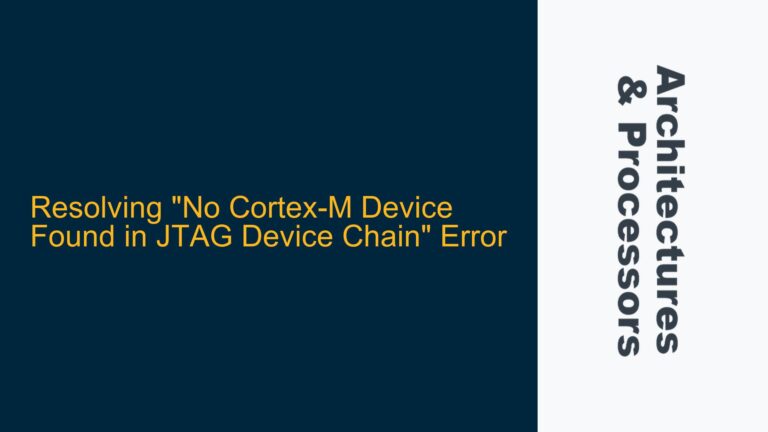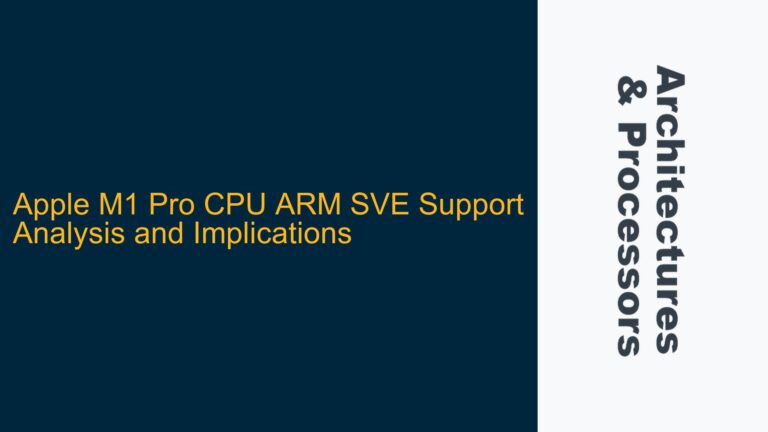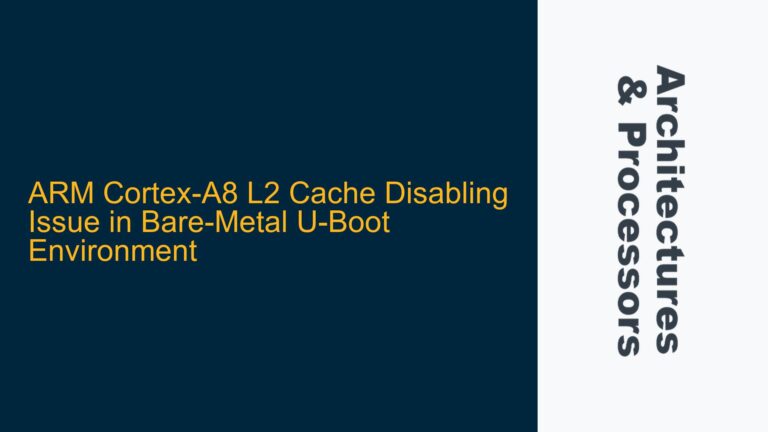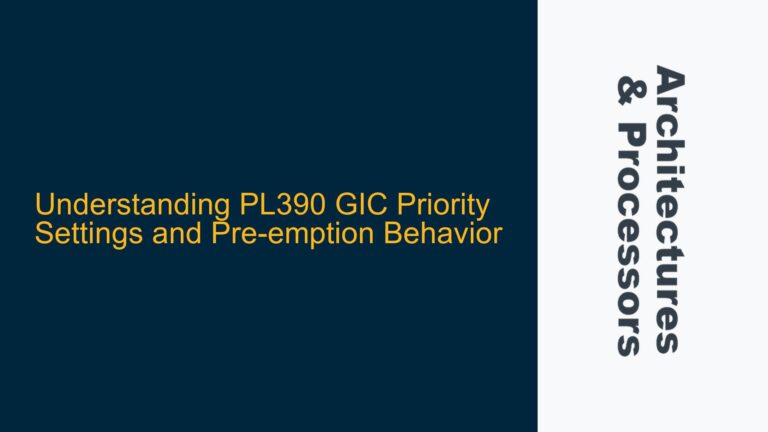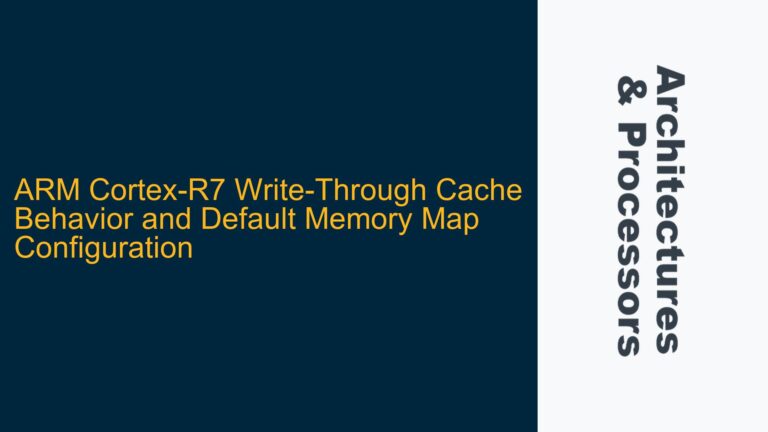ARMv9 RME Cache Coherency and Granule Protection Check (GPC) Sequence Issues
ARMv9 RME Cache Coherency Problems During GPC-Protected Memory Access The ARMv9 architecture introduces Realm Management Extensions (RME), which include Granule Protection Checks (GPC) to enforce memory access permissions at a granular level. The GPC mechanism is designed to ensure that memory accesses are validated against the Granule Protection Table (GPT) before proceeding. However, a critical…
